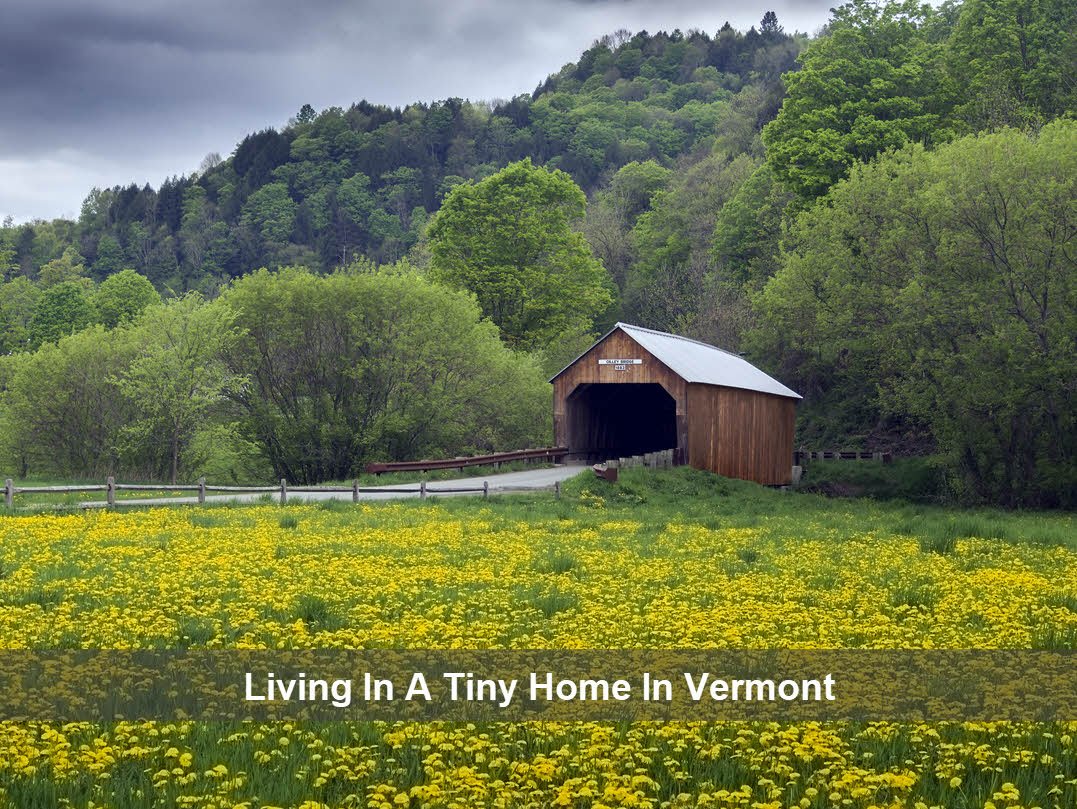
Living in a tiny home in Vermont offers a unique blend of affordability, sustainability, and connection to nature, making it an increasingly popular choice for those seeking a simpler lifestyle.
With its picturesque landscapes and progressive values, Vermont provides an ideal setting for embracing the tiny house movement.
Embracing Sustainability
Due to their size and efficient design, tiny homes inherently promote a smaller carbon footprint. Many can be equipped with energy-efficient features like solar panels and composting toilets, aligning with Vermont’s commitment to environmental stewardship.
This sustainable approach benefits the planet and reduces utility costs for homeowners.
Wikipedia
Community and Connection
Vermont hosts several tiny home communities, such as the Headwaters Garden and Learning Center, fostering a sense of camaraderie among residents. These communities often share resources and communal spaces, enhancing social connections and collaborative living.
Proximity to Nature
The state’s natural beauty is a significant draw for tiny home dwellers. Living in a tiny home allows for closer interaction with the environment, encouraging outdoor activities and a deeper appreciation for Vermont’s scenic landscapes.
Navigating Regulations
While Vermont is generally welcoming to tiny homes, regulations vary by locality. Rural areas often have more lenient zoning laws, making them favorable for tiny home placement. It’s essential to consult local authorities to ensure compliance with building codes and zoning ordinances.
Conclusion
Living in a tiny home in Vermont offers numerous benefits, from financial savings and sustainable living to community engagement and natural immersion. Vermont’s tiny home movement provides a compelling path forward for those seeking a lifestyle that prioritizes simplicity and environmental consciousness.
